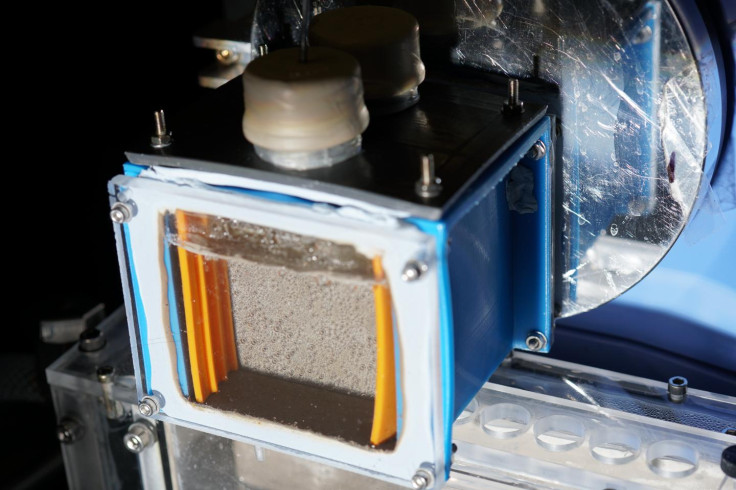Clean energy breakthrough as researchers create artificial photosynthesis device
The device – developed by researchers from Cambridge – can reportedly produce carbon-neutral fuel and is perhaps the eventual solution to global warming.
While healthcare researchers continue their efforts to finally come up with a treatment or vaccine for COVID-19, other scientists are likewise busy with important matters. While a medical breakthrough would potentially signal the end of the pandemic, other innovative discoveries can benefit society. One such project involves the production of clean energy, which is crucial as the world's population grows. Current sources exact a heavy toll on the environment and wildlife. Thus, the preliminary step toward a zero-emission future will likely use artificial photosynthesis.
The device – developed by researchers from Cambridge – can reportedly produce carbon-neutral fuel and is perhaps the eventual solution to global warming. Even without an external power source, the system can purportedly convert water, carbon dioxide, and sunlight into clean energy. As previously hinted, this cutting-edge process mimics the abilities of plants.
First author and Cambridge Department of Chemistry's Dr. Qian Wang said: "It's been difficult to achieve artificial photosynthesis with a high degree of selectivity, so that you're converting as much of the sunlight as possible into the fuel you want, rather than be left with a lot of waste." With the help of "photosheet" technology the device can produce oxygen and formic acid, which can then be converted into hydrogen or stored in its current state as fuel.
An abstract of the project titled "'Molecularly engineered photocatalyst sheet for scalable solar formate production from carbon dioxide and water" has been published by the scientific journal Nature. The researchers behind this artificial photosynthesis project were also credited for their previous work on an "artificial leaf" that produces a fuel called syngas. Unfortunately, the group encountered problems that prevented them from scaling it up efficiently.
Senior author of the research paper Erwin Reisner stated: "We want to get to the point where we can cleanly produce a liquid fuel that can also be easily stored and transported." In its current form, the prototype measures 20 square centimetres only, which is remarkably compact.

Nevertheless, if the energy requirement is higher, it can apparently be scaled up to square meters instead. It is still in the early phases, but the results have been promising. The researchers believe that there is still room for improvement in order for the system to produce larger quantities of fuel.
© Copyright IBTimes 2025. All rights reserved.





















